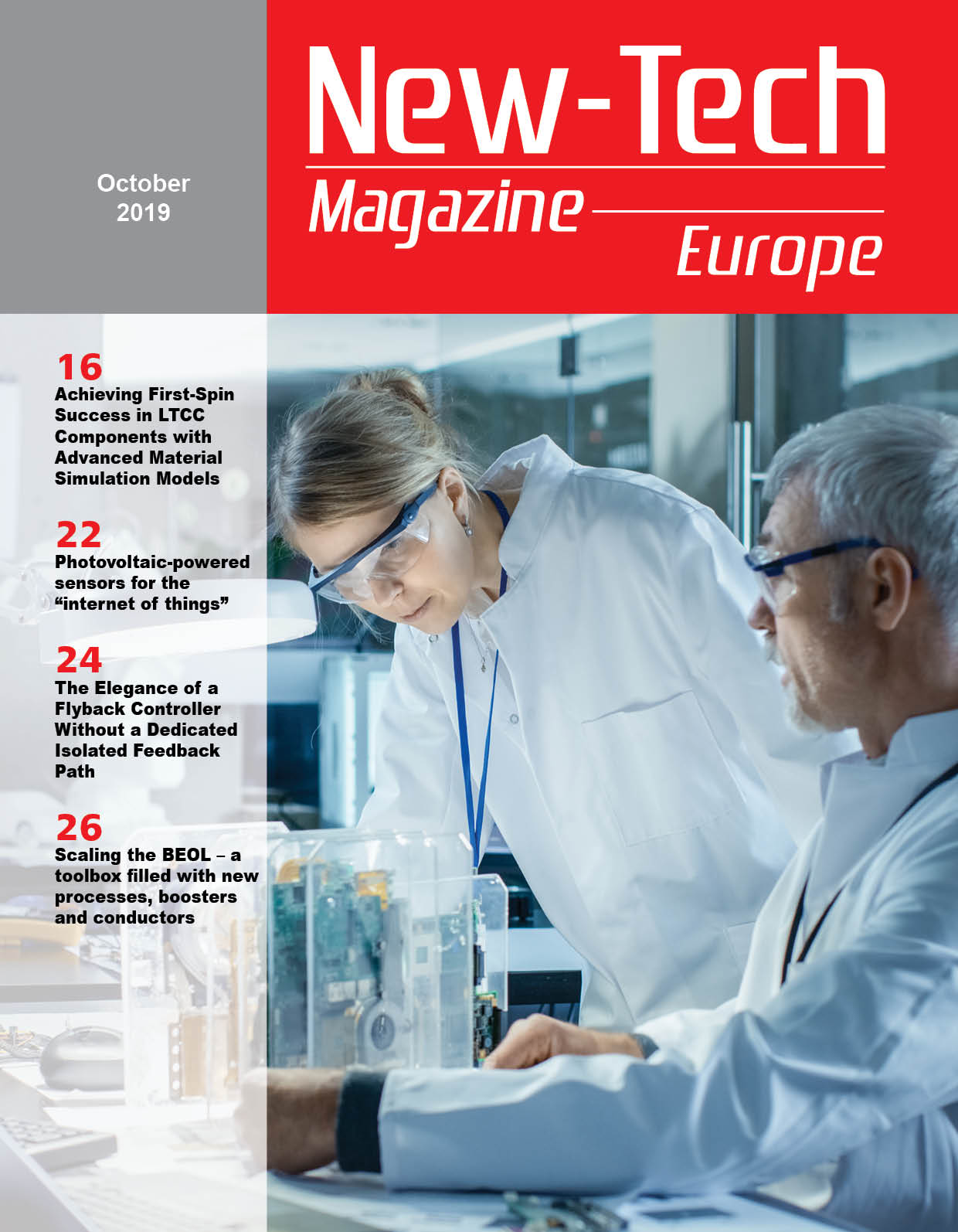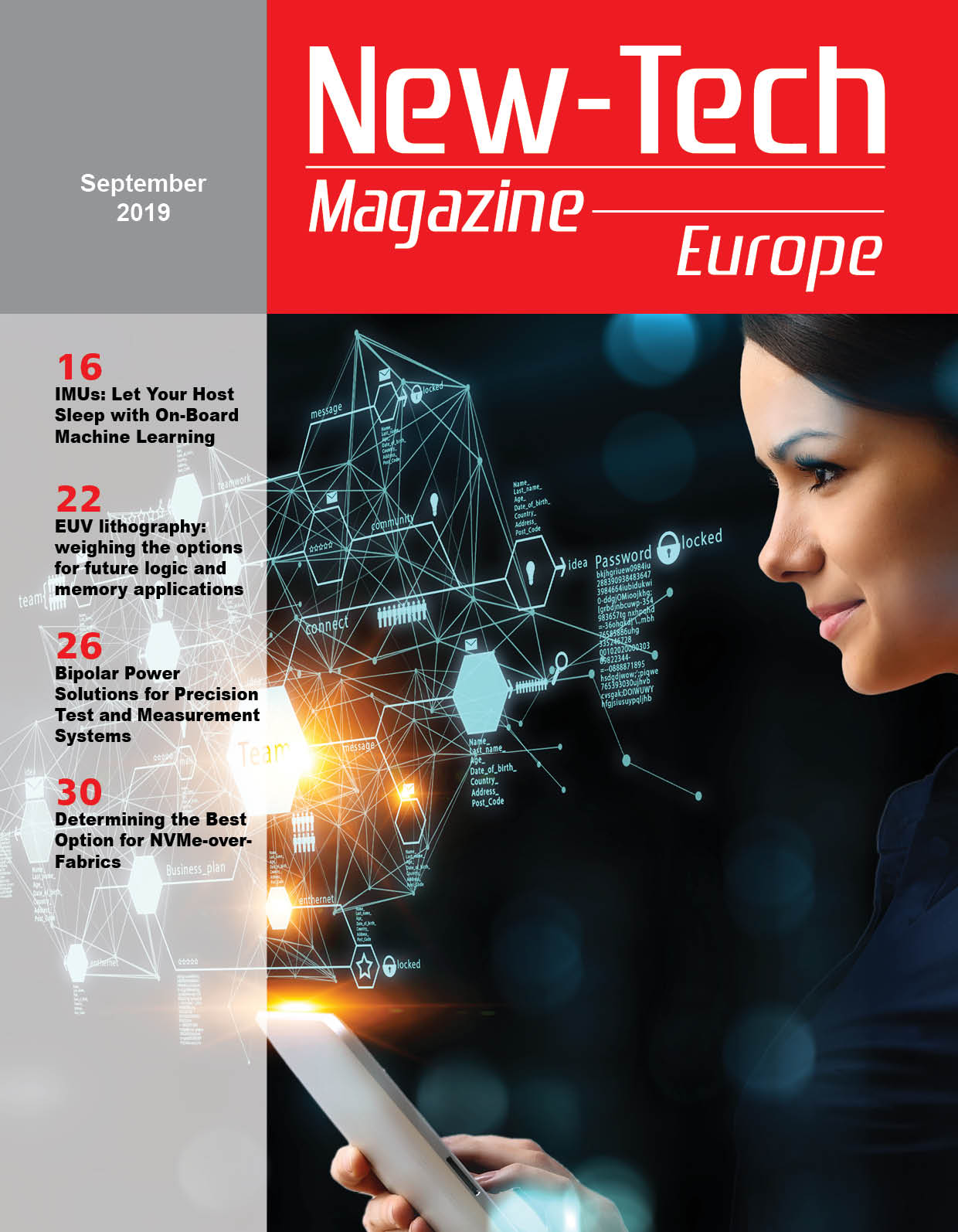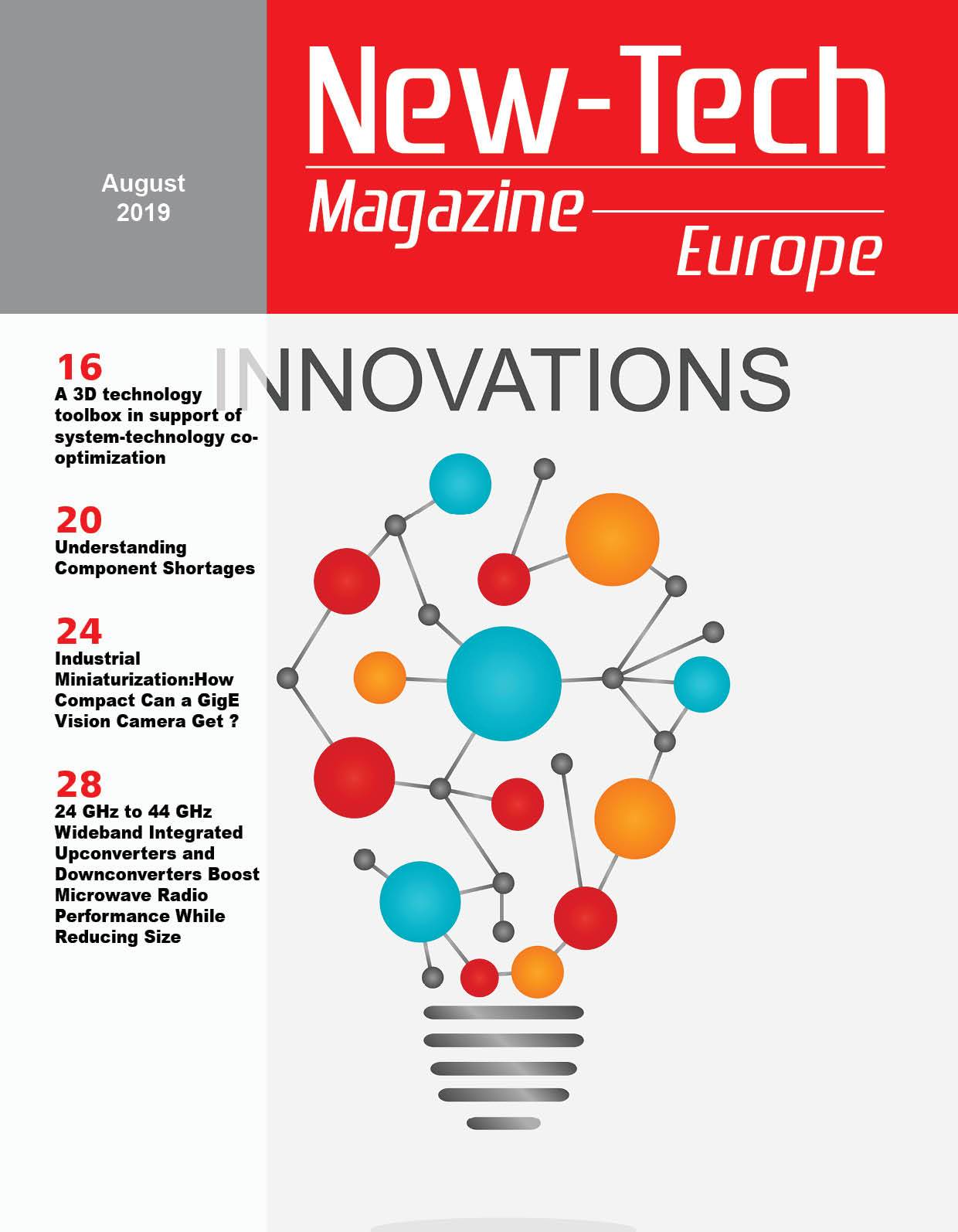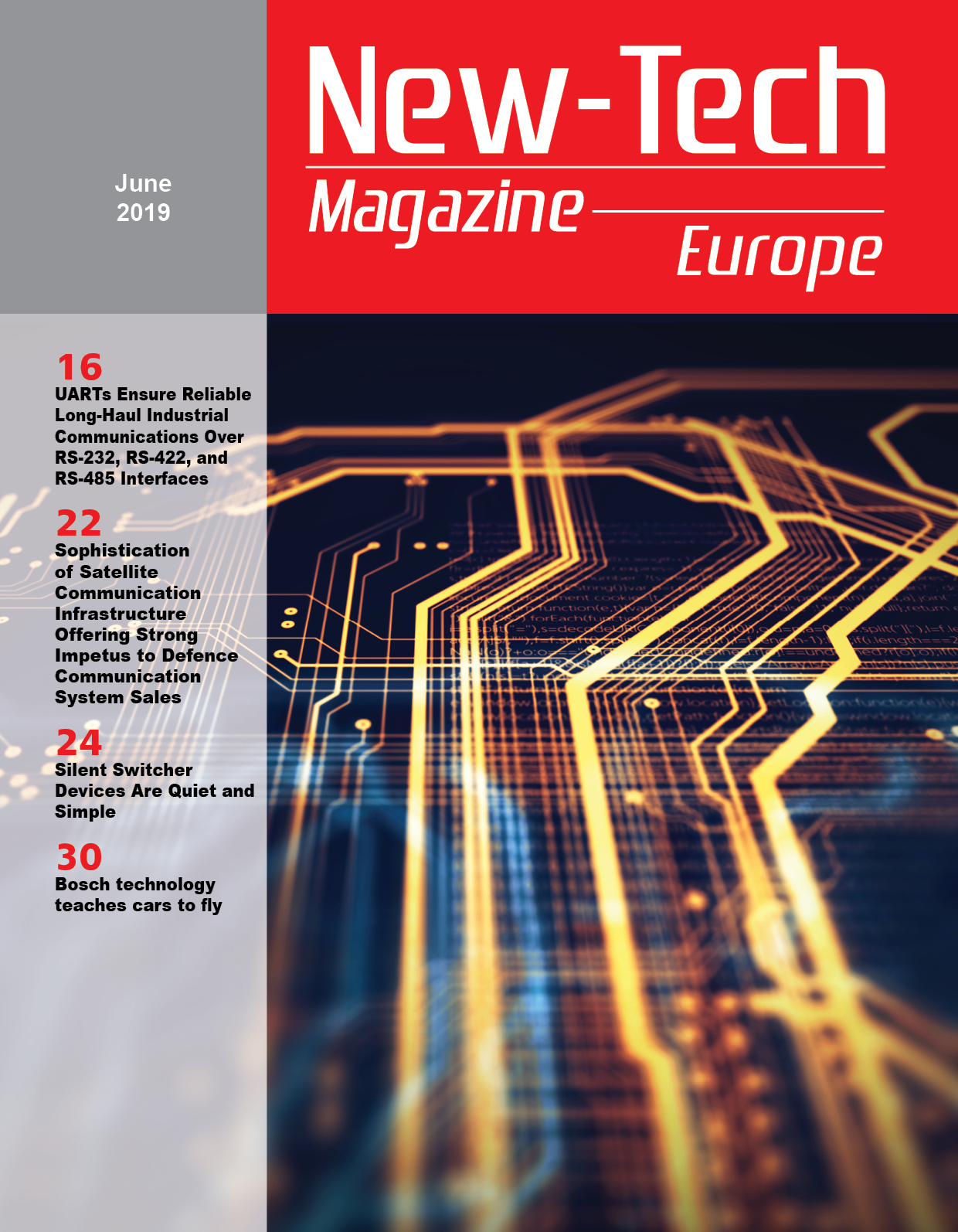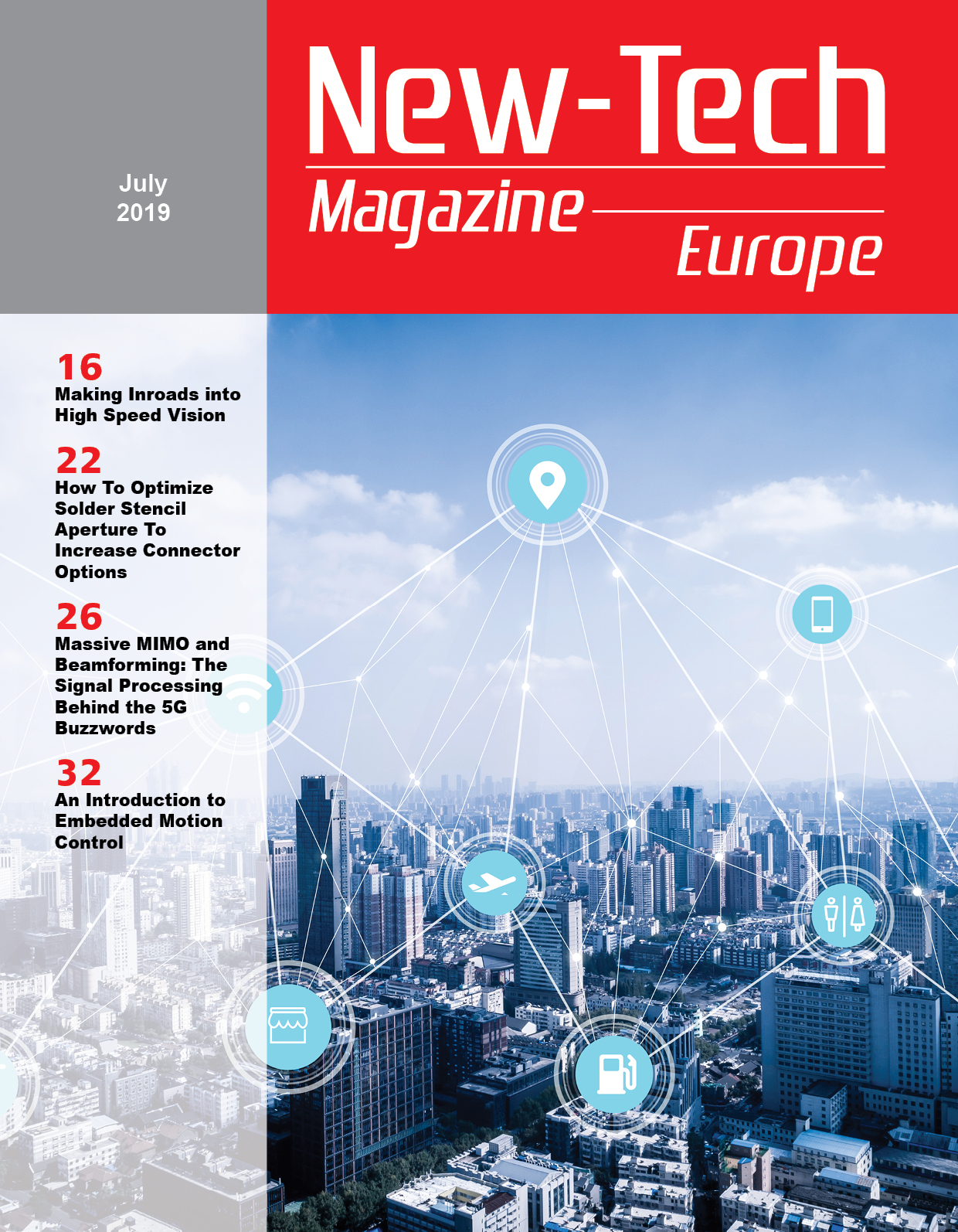A 5G test site for broadcasting is being set up in the Bavarian Oberland as part of the Bavarian research project ‘5G Today’. Under the leadership of the Institute for Broadcast Technology (IRT), project partners Kathrein and Rohde & Schwarz are investigating large-scale TV broadcasts in the Further evolved Multimedia Broadcast Multicast Service (FeMBMS) mode over 5G networks. The project is supported by associated partners Telefónica Germany and Bayerischer Rundfunk, the Bavarian state broadcaster who is operating the 5G FeMBMS broadcast network as a test site at its transmitter sites.
The new 5G network standard is a key technology for the future when vehicles become highly automated and devices are networked with each other in the Internet of Things. 5G also offers great potential for efficient distribution of media content. The introduction of 5G could open up a worldwide market with millions of smartphones and tablets acting as potential TV receivers able to combine live TV services, media libraries, social networks and many other media services. With the cooperation of European broadcasters and industry players, international standardization work to enable efficient broadcasting in large 4G and 5G networks was completed in June 2017.
Jochen Mezger, General Manager, Business Area Network Technologies at IRT comments: “Together with EBU, BBC, RAI and SWR and industry partners, we have defined the broadcasting requirements for 5G and successfully incorporated them in the international standard. Requirements include a 100 percent broadcasting mode and increased channel spacing. We are pleased that the 5G Today project allows us to implement and evaluate standardization results at a test site.”
Large and smaller transmitter cells are combined to create a large coverage area. The first test broadcasts using TV signals are expected to take place at the end of 2018. They will be simultaneously broadcast on channel 56 from the BR’s Wendelstein station and other locations in the Munich area. Until then, components for transmission and reception will be developed and installed, and theoretical studies and preliminary investigations will take place.
“With the development of 5G, the standard approaches the classic parameters of a broadcasting system, which will enable widespread and economic distribution of television programs. We welcome the opportunity offered by the 5G Today project to test the network of the future with our existing broadcasting infrastructure,” states Prof. Birgit Spanner-Ulmer, Director Production and Technology at BR.
“As a global network operator and a member of the Next Generation Mobile Networks (NGMN) Alliance, we want to support testing of media content distribution over modern and converged 5G networks. That’s why, if needed, we will give 5G Today another 700 MHz spectrum, one of the 5G frequency bands prioritized by the EU Commission,” explains Jaime Lluch, Director Radio Access Network at Telefónica Germany.
“The 5G standard offers a unique opportunity to intelligently link the strengths of broadcasting transmission with the extensive opportunities in mobile communications. We are actively involved in this groundbreaking research project, contributing our leading technological expertise in terrestrial transmitter technology and mobile communications T&M technology in order to create the basis for efficiently transmitting media content to mobile and portable devices,” says Manfred Reitmeier, Senior Director of R&D Transmitter Systems at Rohde & Schwarz.
Ralf Exler, Head of Innovation Management at Kathrein, feels that this project plays an important role in the convergence of broadcasting and mobile communications: “Young people in particular want to receive broadcast content on all user devices. The new standard brings the convergent network a little bit closer.” Customers do not have to worry about how they receive the content they use. “In 5G Today, we will be optimizing the antennas and network parameters in the field and conducting test drives in order to be able to offer innovative technology to our automotive customers.”
The 5G Today research project will be funded by the Bavarian Research Foundation over the course of 28 months.


